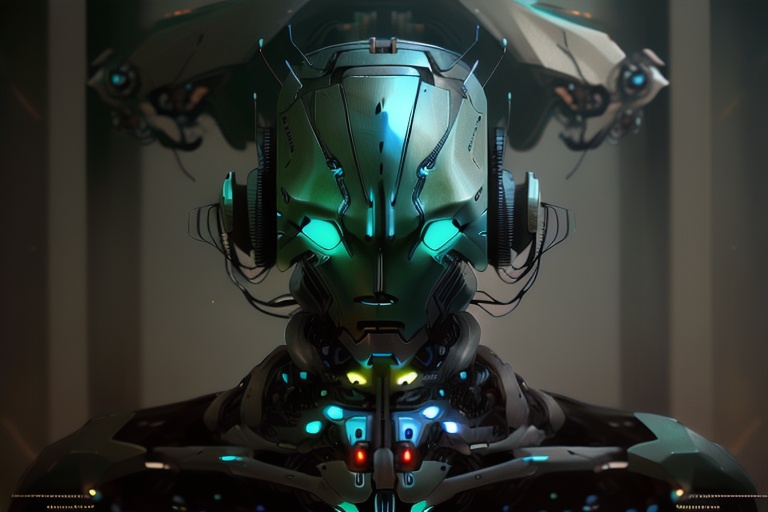The quest to understand and replicate intelligence has long captivated scientists and innovators. As we venture into the uncharted territories of artificial intelligence (AI), one concept garnering attention is "synthetic intelligence." Much like the production of synthetic diamonds, which are no less real than their natural counterparts, synthetic intelligence represents a bona fide iteration of machine-based cognition—crafted by human hands yet undeniably genuine.
The quest to understand and replicate intelligence has long captivated scientists and innovators. As we venture into the uncharted territories of artificial intelligence (AI), one concept garnering attention is "synthetic intelligence." Much like the production of synthetic diamonds, which are no less real than their natural counterparts, synthetic intelligence represents a bona fide iteration of machine-based cognition—crafted by human hands yet undeniably genuine.
The Origin and Evolution of Synthetic Intelligence
The journey of synthetic intelligence began with a term coined by philosopher John Haugeland in 1986. He used "synthetic intelligence" to describe what was then known as "good old fashioned artificial intelligence" (GOFAI), highlighting the primary AI research at the time aimed at simulating human intelligence. However, the field experienced a significant downturn, known as the AI winter, when interest and funding waned. In response, researchers refocused their efforts on more specialized problems, giving birth to what’s often regarded as "weak AI" or "applied AI"—AI with practical, real-world applications.
In recent years, however, we have witnessed a resurgence in the term "synthetic AI." It is used to distinguish contemporary research from the earlier GOFAI and weak AI, encompassing new and diverse methodologies such as subsymbolism, emergence, Psi-Theory, and other groundbreaking avenues toward engineering "true" intelligence.
Intelligence: Real vs. Simulated
At the heart of this field lies a contentious inquiry: What separates "real" from "simulated" intelligence? Opinions vary. Some experts propose that any intelligent behavior by machines should be classified as such. Just as airplanes achieve flight, albeit without flapping wings, some machines exhibit intelligence without human cognitive processes.
Drew McDermott draws an analogy with Deep Blue, the electronic chess champion, arguing that the machine’s thinking ability, much like an airplane's flight, does not replicate the human experience. Meanwhile, Edsger Dijkstra articulates the pertinence of questioning machine cognition as one would question a submarine's swimming capabilities.
Philosopher John Searle posits that a thinking machine is merely a simulation, an approximation of human thought, much like computer simulations of fires or storms lack the visceral impact of the real events. Counterbalancing Searle's view, Daniel Dennett argues that disputes over thinking machines are rooted in semantics, akin to the difference between a perfect chemical imitation of wine and any true vodka.
Russell and Norvig further explore whether an artifact's behavioral output or its pedigree should define "real" intelligence. While some artifacts are judged by behavior and others by their origins, no such standards currently exist for artificial minds, leaving the question of genuine versus simulated intelligence unresolved.
The Present and Future of Synthetic Intelligence
Despite the philosophical debates surrounding its nature, synthetic intelligence stands as a true form of machine intelligence. As the lines between artificial and synthetic intelligence blur, researchers are pushing the envelope with novel methodologies that may someday spawn unprecedented forms of cognition.
In our forthcoming articles, we will delve deeper into the exciting progress and practical applications that span the realms of programming, artificial intelligence, and machine learning. Our technological landscape is undergoing a remarkable transformation, and we are committed to keeping you abreast of these developments, ensuring you remain knowledgeable and enthused.
Synthetic intelligence not only enhances the potential we see in machines but also confronts and stretches our understanding of what constitutes authentic intelligence. Through expanding our definitions and approaches, we pave the way for more diverse and imaginative exploration within the sphere of AI research and development. With each new discovery and innovation, we step closer to unearthing the true capabilities of synthetic intelligence, forever pushing the boundaries of the natural and the engineered. Stay with us on this riveting journey into the heart of technology's most provocative advancements.
Information for this article was gathered from the following source.

